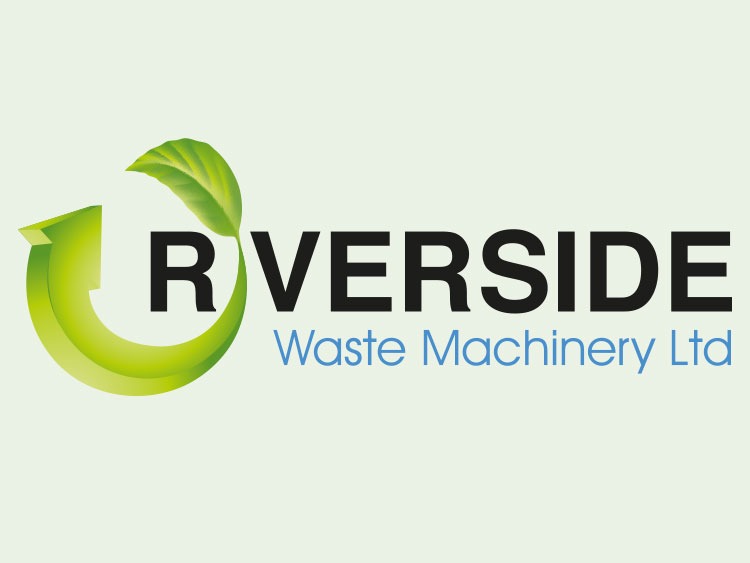The Chartered Institution of Wastes Management (CIWM) revealed pleasing statistics this month which highlighted that recycling rates in England have continued to improve.
Household waste recycling for July-September 2012 rose to 47% – a 2% increase on the same period in 2011 – and the level of landfilled waste fell by 9%. England’s annual recycling rate also grew to 44% which, despite being only a small improvement in comparison to the 43% achieved during 2011/12, is another encouraging figure.
As a nation we should be proud of this progress and should concentrate now on maintaining momentum. However these results should not be viewed in isolation. The CIWM also revealed that households generated 3% more waste in the first place, which shows there is further work to be done. Of course recycling is incredibly important.
It prevents ‘rubbish’ from becoming a waste and ensures further value can be extracted from potentially valuable resources. However, the priority should always be prevention – reducing the amount of waste we produce in the first place.
It has been said that Scotland and Wales have made greater steps in this respect, primarily as a result of strong Government direction. We perhaps need clearer communication in England, whereby the public better understands the waste hierarchy we need to adopt. The most favoured option is prevention, followed by minimisation, reuse, recycling and energy recovery.
We strive to avoid disposal at all costs. As we digest these CIWM findings, it seems that England is moving in the right direction and the waste management targets that we are working towards are now well within our reach. However, we cannot afford to relax our efforts because there is still a long way to go.






